SR.N4 Seaspeed Hovercraft Model
Production Time 10 to 12 weeks
Shipment is by FedEx, UPS or DHL International Express Courier with a normal door-to-door delivery time worldwide of within 2-3 business days after dispatch. Due to the current volatility of world fuel prices, the amount mentioned here is our best estimate for DHL and UPS and may be subject to change at the time of shipping.

Product statistics
Length: 16 Inches (40.6 Centimeters)$475.00
Production Time 10 to 12 weeks
-
United States dollar ($)
-
Pound sterling (£)
-
Euro (€)
-
Australian dollar ($)
-
Canadian dollar ($)
-
Singapore dollar ($)
-
Swiss franc (CHF)
-
Japanese yen (¥)
-
Danish krone (kr.)
-
Hong Kong dollar ($)
-
Norwegian krone (kr)
-
Swedish krona (kr)
-
Philippine peso (₱)
General Product Description
Our ReplicaHangar SR.N4 Seaspeed Hovercraft Model exhibits unique, unrivaled quality and detailed design to come as close as possible to the accuracy of the actual airship. It comes as standard with a robust, durable base or stand which is available in a variety of different finishes designed to match your own personal requirements including solid wood, wood with polished metal supports or adjustable wood wall mount and will be ready within about 9-10 weeks from placement of order.
The SR.N4 Seaspeed Hovercraft Model is made of the finest kiln dried renewable mahogany wood (commonly known as Lauan or Meranti) which has undergone many stages of carving and meticulous and careful sanding giving the beautiful, finished museum quality masterpiece. Many collectors and model connoisseurs demonstrate their preference for genuine handmade and hand painted mahogany wood models rather than plastic or die cast (diecast) alternatives due to the overall look and totally different feel of the item - we trust you will find the same. We can however, if required produce the same model in Solid Cast Resin so just click and contact us for further information. Our craftsmen and gifted artisans ensure that our finely handcrafted model airplanes match the precise blueprint details of the original aircraft. The paint scheme, markings and parts are closely matched, reflecting the original aircraft. This stylish top-quality desktop replica model will surely enthrall anyone who receives this as a gift and for sure one of the most appropriate and desirably collectable gifts for any aviation enthusiast and avid airship, blimp or dirigible collector whilst also displaying a perfect resemblance to the actual real life version.
If you require we can also make the SR.N4 Seaspeed Hovercraft Model in any other airline, private livery or colour scheme you require and if necessary in a different size or scale. Just click here to contact us with a description or photographs of what you require and we will let you have a quotation for the necessary customization by return email. We can also make bespoke scale replicas of any other private / civil commercial airliner or airliners, helicopter, glider, gliders with engines, military jet, warplane jets, propeller warplanes, biplane, triplane, tail fin, spacecraft, rocket or NASA model you require in any airline, military or civilian livery or colors. We also produce boat and ship collectibles. Wall plaque or seal for military, government or private customers. Again by clicking here to contact us just let us know exactly what you need.
The SR.N4 Seaspeed Hovercraft: A Marvel of Engineering and a Vision of the Future
Introduction
When the SR.N4 Seaspeed Hovercraft was launched, it heralded a new era in marine travel. Combining the speed of a plane with the ability to traverse water, the SR.N4 was a breathtaking feat of engineering and a symbol of future possibilities. Although it never achieved widespread commercial success, its contribution to technology and travel is undeniable. This article takes you on a journey through the engineering marvel that was the SR.N4 Seaspeed Hovercraft, its features, and its legacy.
Historical Background
The Genesis of the Hovercraft
The concept of hovercraft technology was first developed by Sir Christopher Cockerell in the late 1950s. His invention led to the creation of the first practical hovercrafts, which had applications in military and civil transport.
The SR.N4 Seaspeed
Developed and built in the late 1960s, the SR.N4 was a British invention intended to revolutionize marine travel. With its unprecedented speed and ability to carry both passengers and vehicles, it promised to redefine how people moved across bodies of water.
Key Features
Speed and Versatility
The SR.N4 could travel at speeds of up to 60 knots (approximately 69 mph or 111 km/h), significantly faster than most traditional ferries. Its unique air-cushioned design allowed it to glide over water, making it versatile and capable of operating in a range of conditions.
Large Carrying Capacity
With its cavernous interior, the SR.N4 was designed to carry hundreds of passengers along with dozens of cars. This made it attractive for operations like the Dover to Calais route, which required fast, efficient, and high-capacity transport.
Advanced Engineering
The SR.N4 was powered by four large gas turbine engines that fed air into the cushion, lifting the craft off the water. Its complex control systems were state-of-the-art, allowing for precision navigation and operation.
Challenges and Decline
High Operational Costs
Despite its promise, the SR.N4 was costly to run. The fuel expenses associated with its gas turbines were particularly high, making it less economically viable over time, especially in comparison to traditional ferries.
Technological Competition
As faster ferries and low-cost flights became increasingly prevalent, the SR.N4 began to lose its competitive edge. The niche it filled began to close, leading to its gradual phase-out.
Legacy
Inspiration for Future Technologies
Although the SR.N4 Seaspeed Hovercraft may not have found long-term commercial success, it inspired subsequent generations of engineers and designers. The concept of fast, amphibious transport continues to be explored in various forms, from high-speed ferries to new kinds of hovercraft.
A Cultural Icon
The SR.N4 has earned a place in British engineering history and is remembered as a symbol of technological optimism. It remains a popular subject for model makers, historians, and those interested in the evolution of transport technology.
Conclusion
The SR.N4 Seaspeed Hovercraft was an audacious project that captured imaginations and offered a glimpse of a future that, although never fully realized, still fascinates us today. While it may have been ahead of its time, its innovation and daring spirit make it a landmark in the history of transportation. As we look to new horizons in travel, the SR.N4 serves as a vivid reminder of the limitless potential of human ingenuity.
| Weight | 8 kg |
|---|---|
| Dimensions | 16 × 00 cm |
Be the first to review “SR.N4 Seaspeed Hovercraft Model” Cancel reply
Related Products
Commercial
Commercial
Commercial
Commercial
Commercial
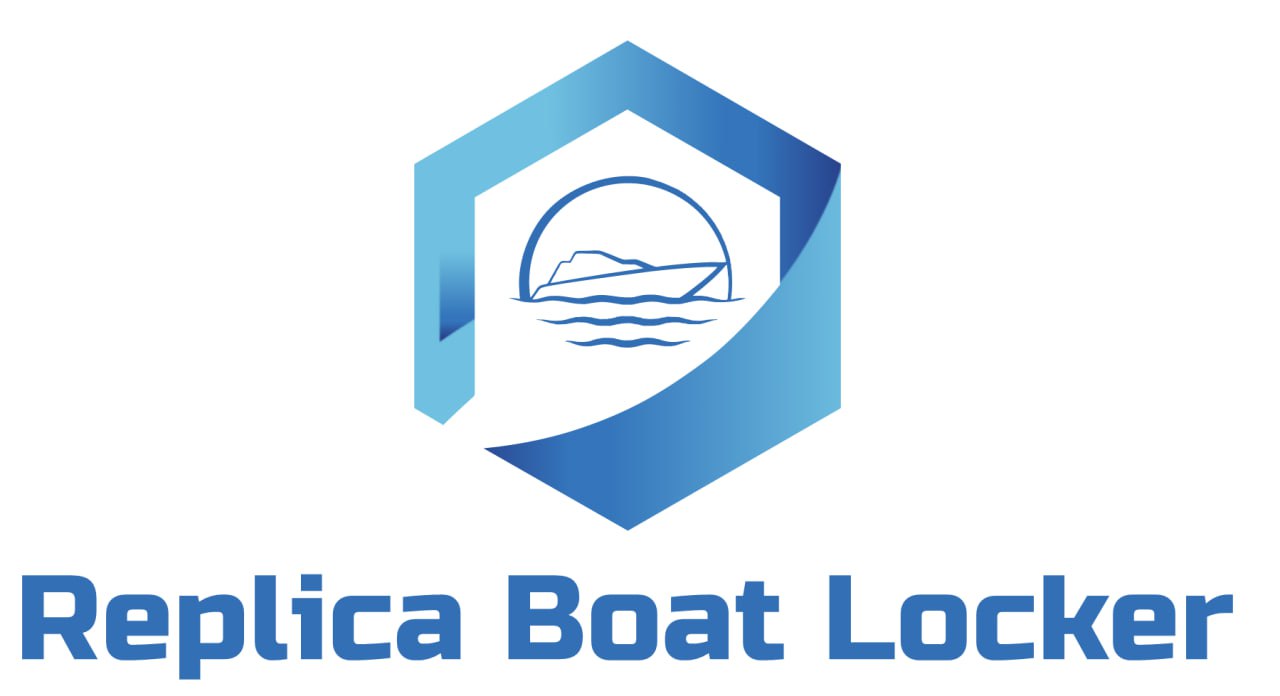
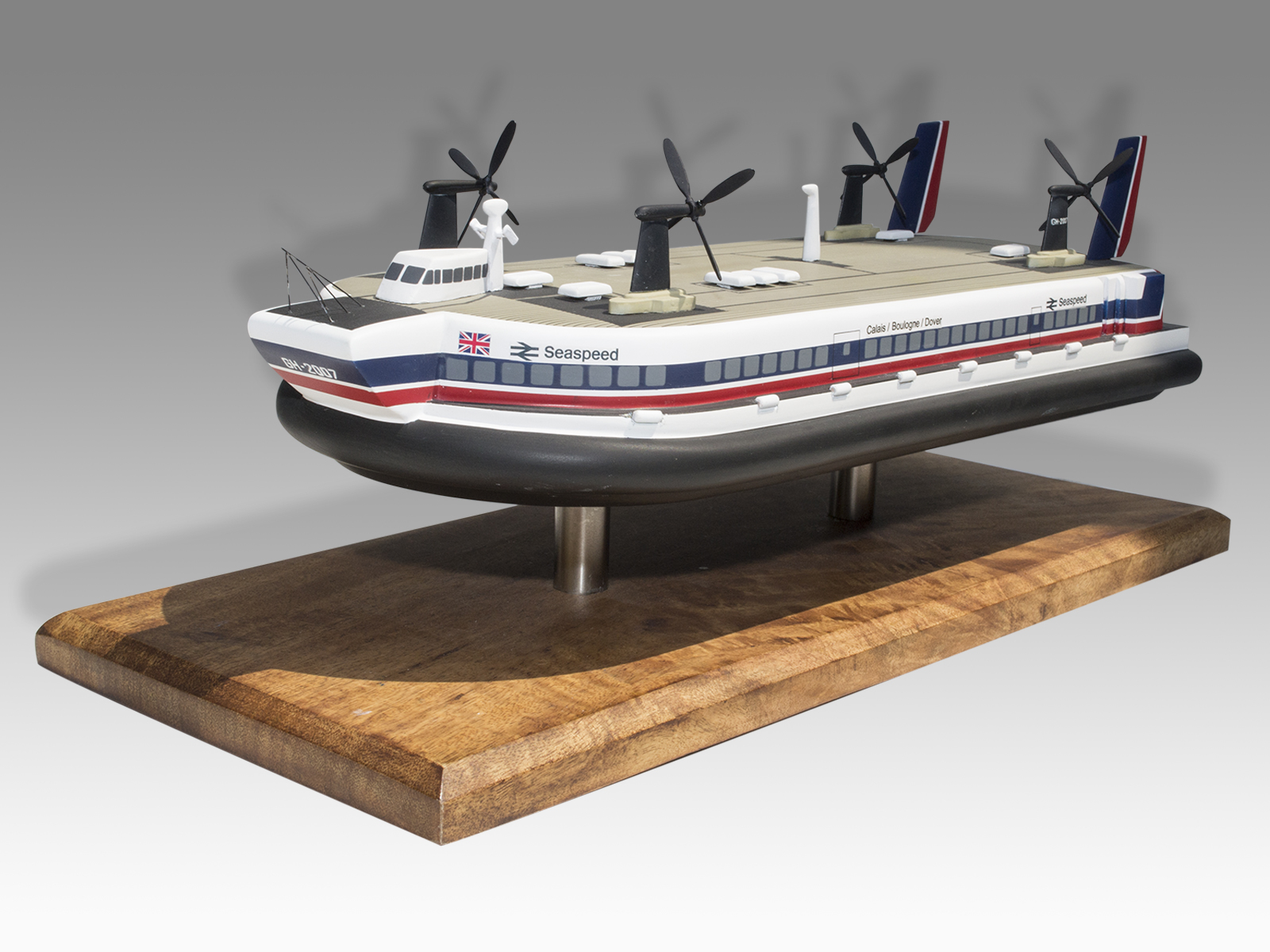
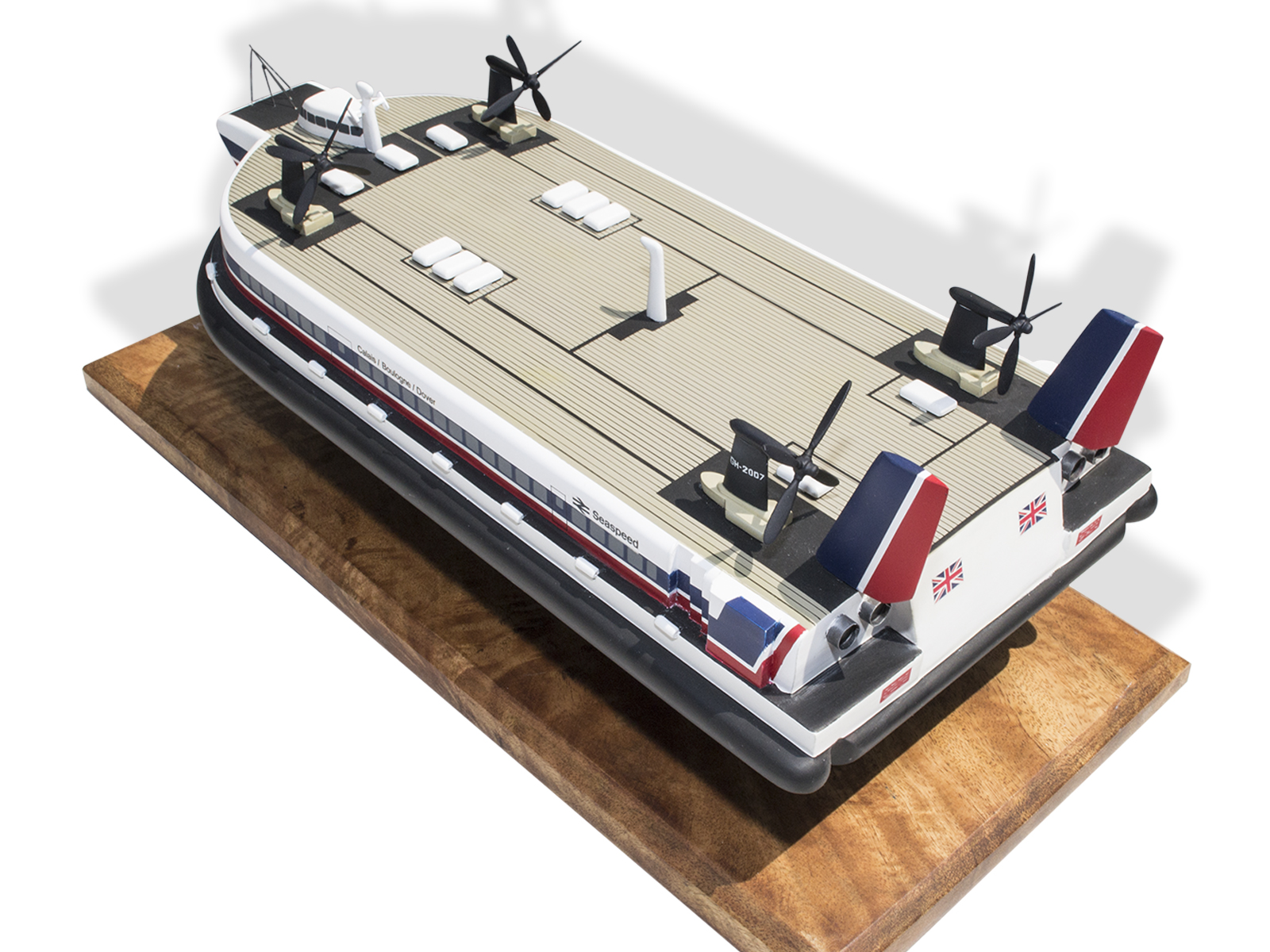
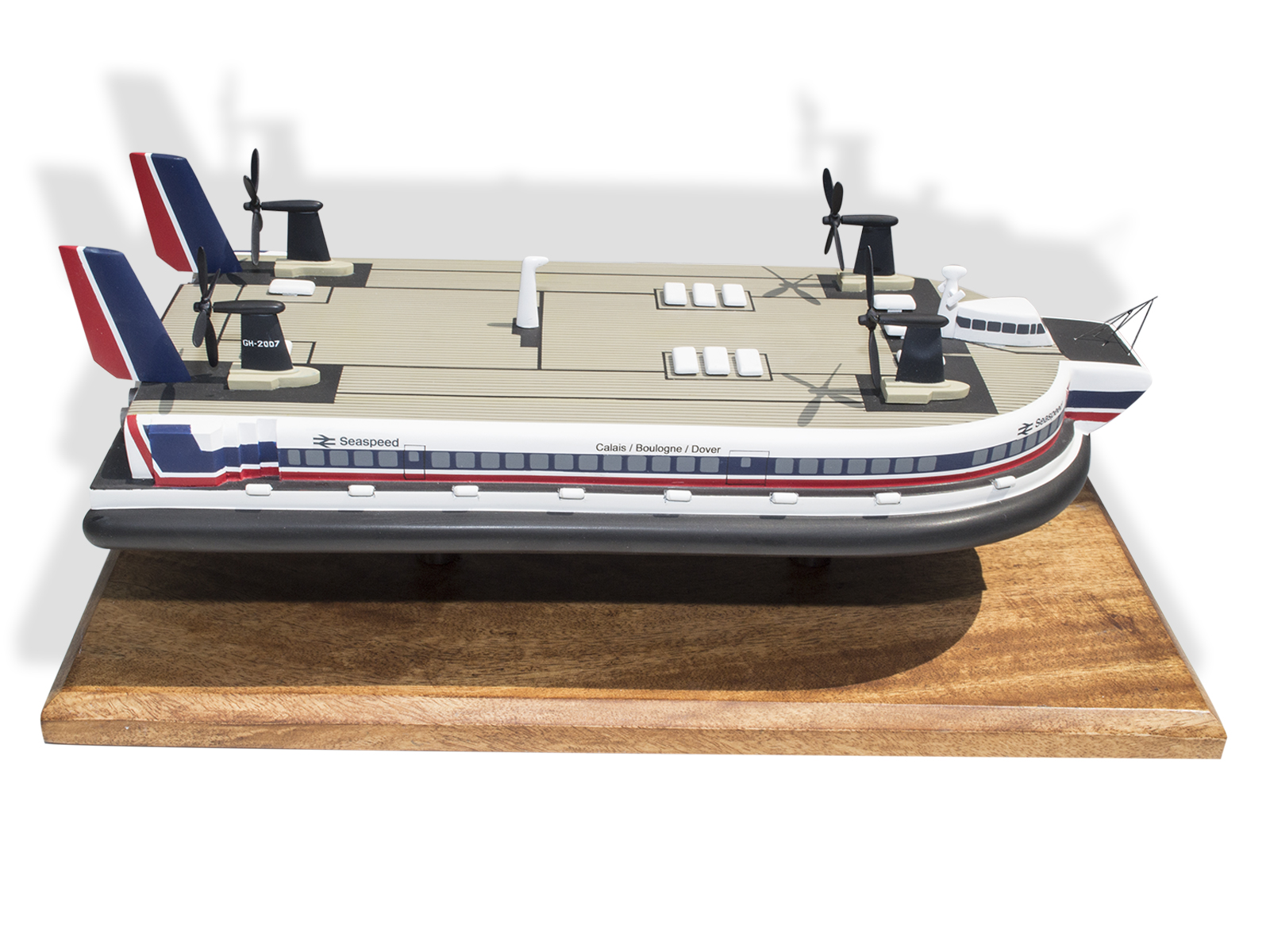
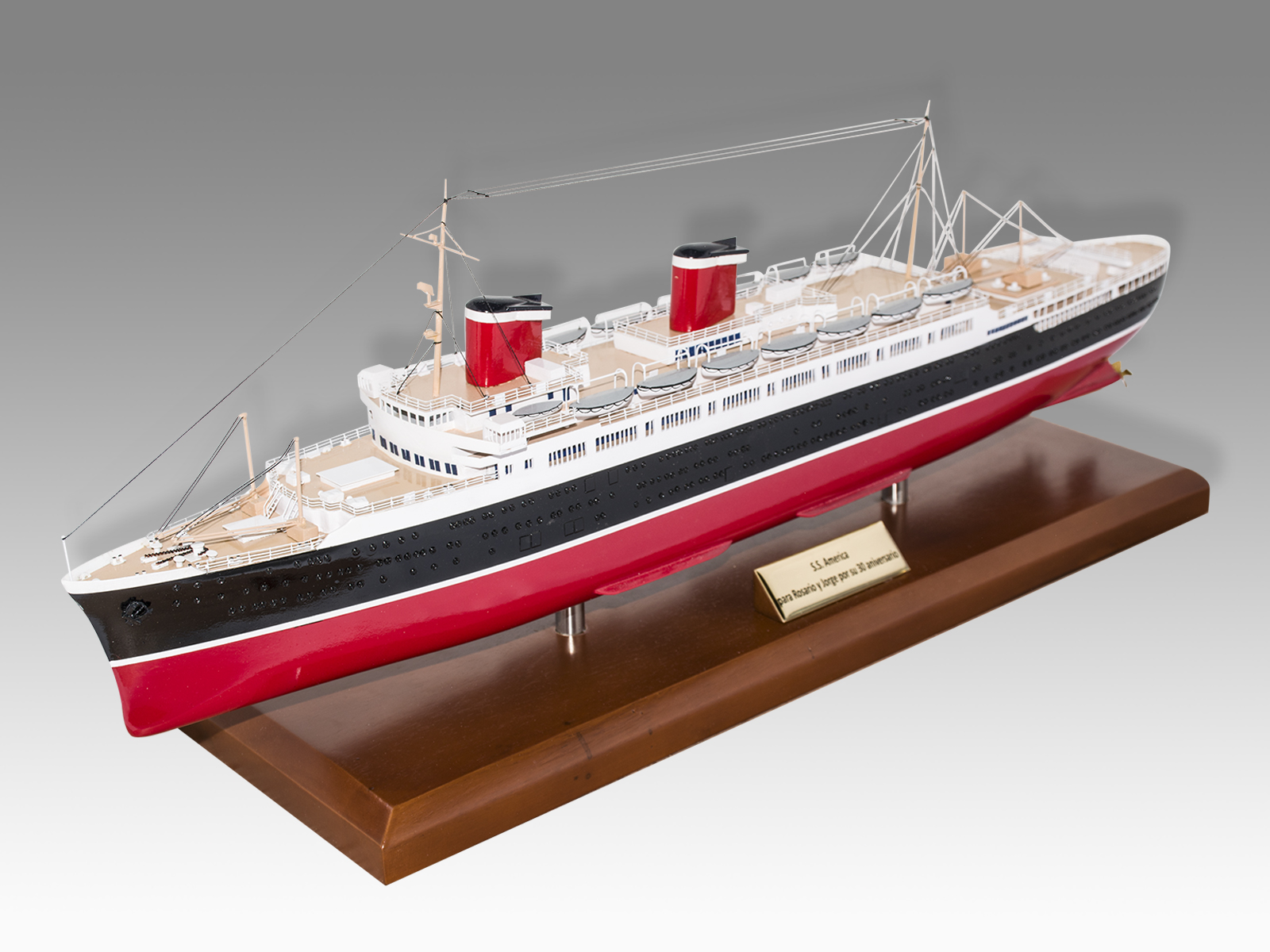

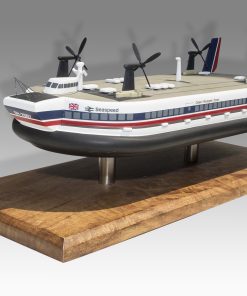

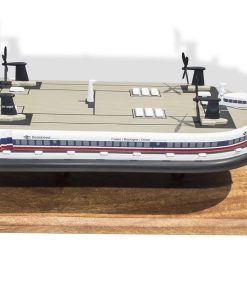
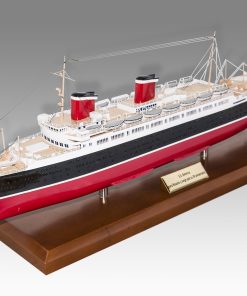
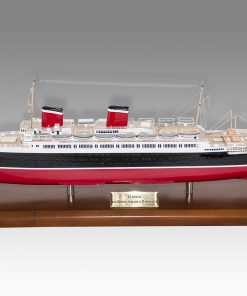
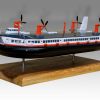
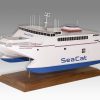


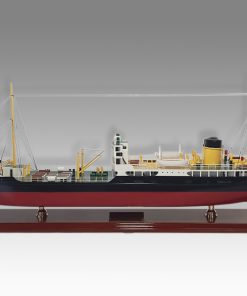
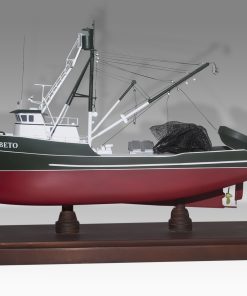

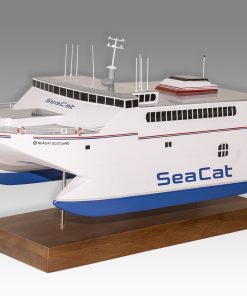
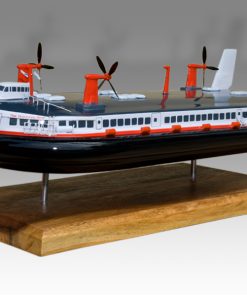
Reviews
There are no reviews yet.